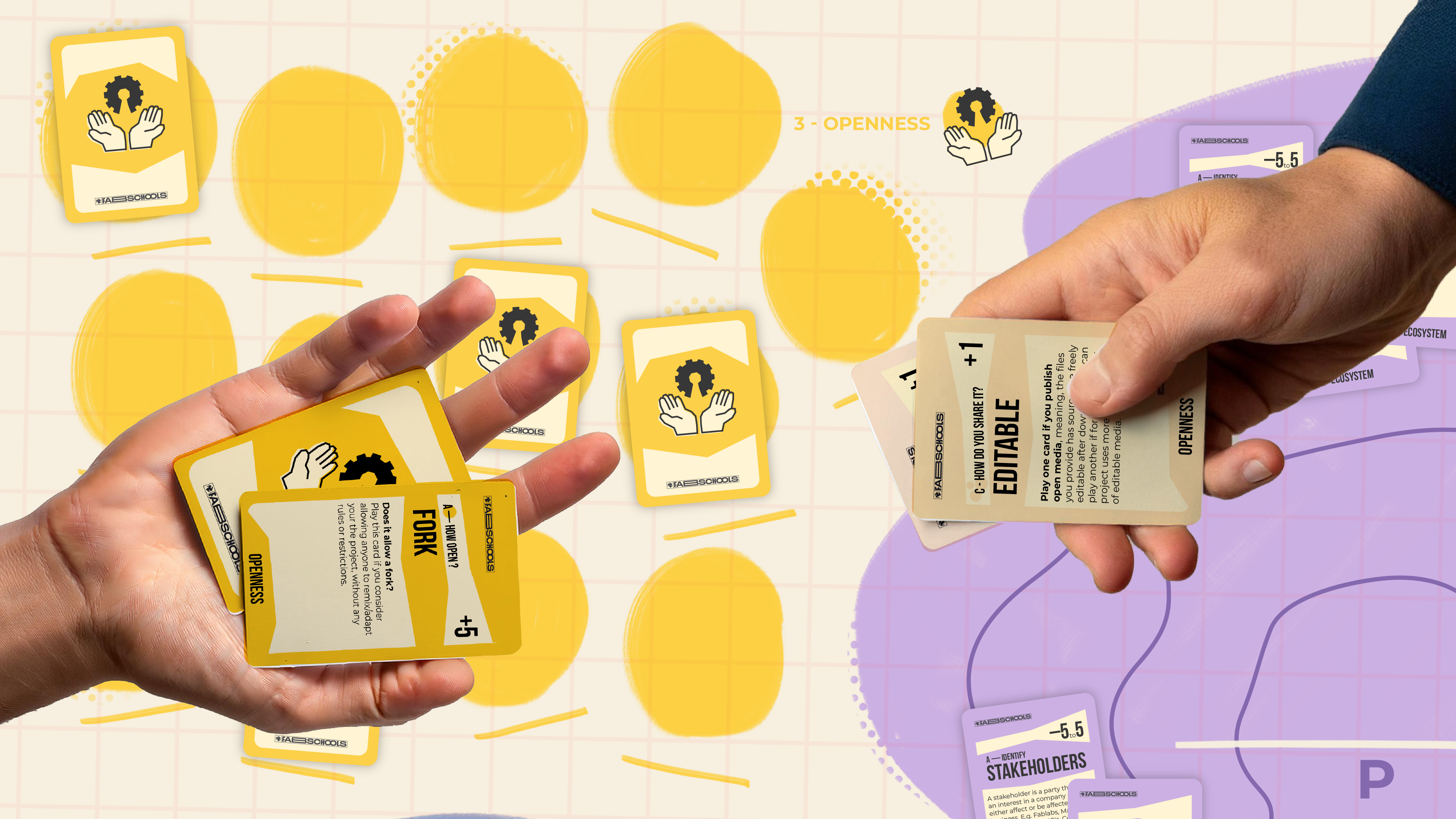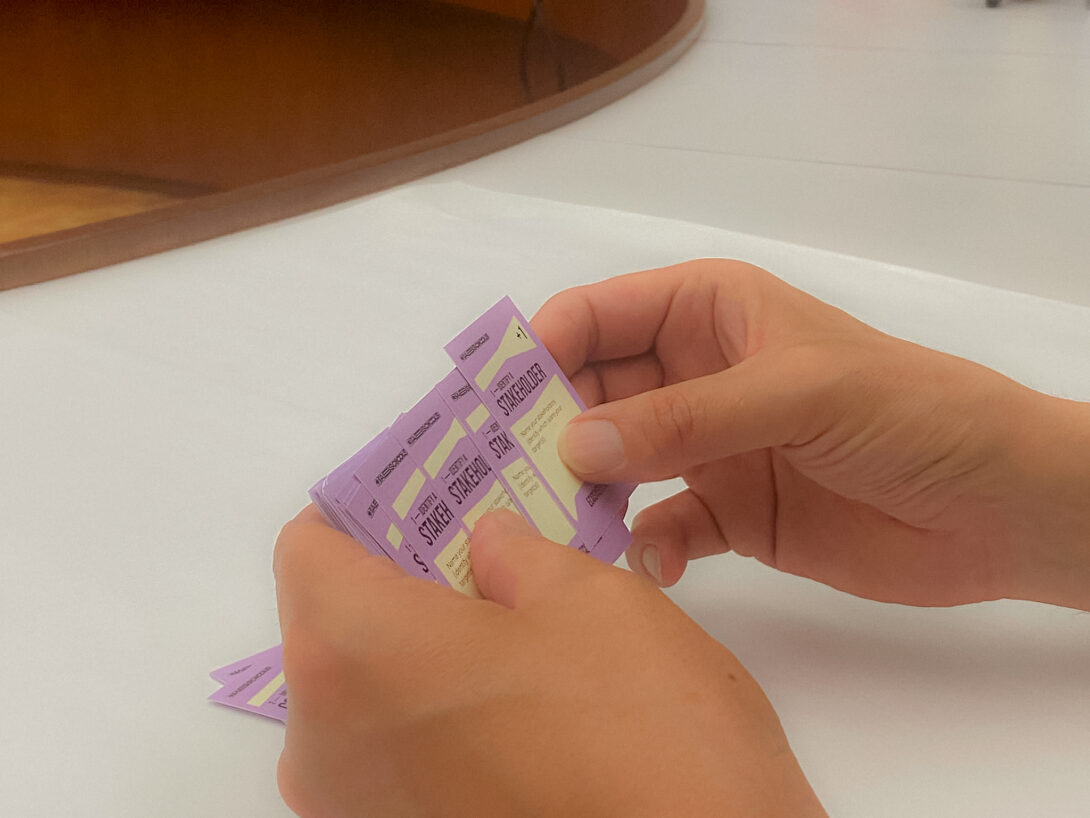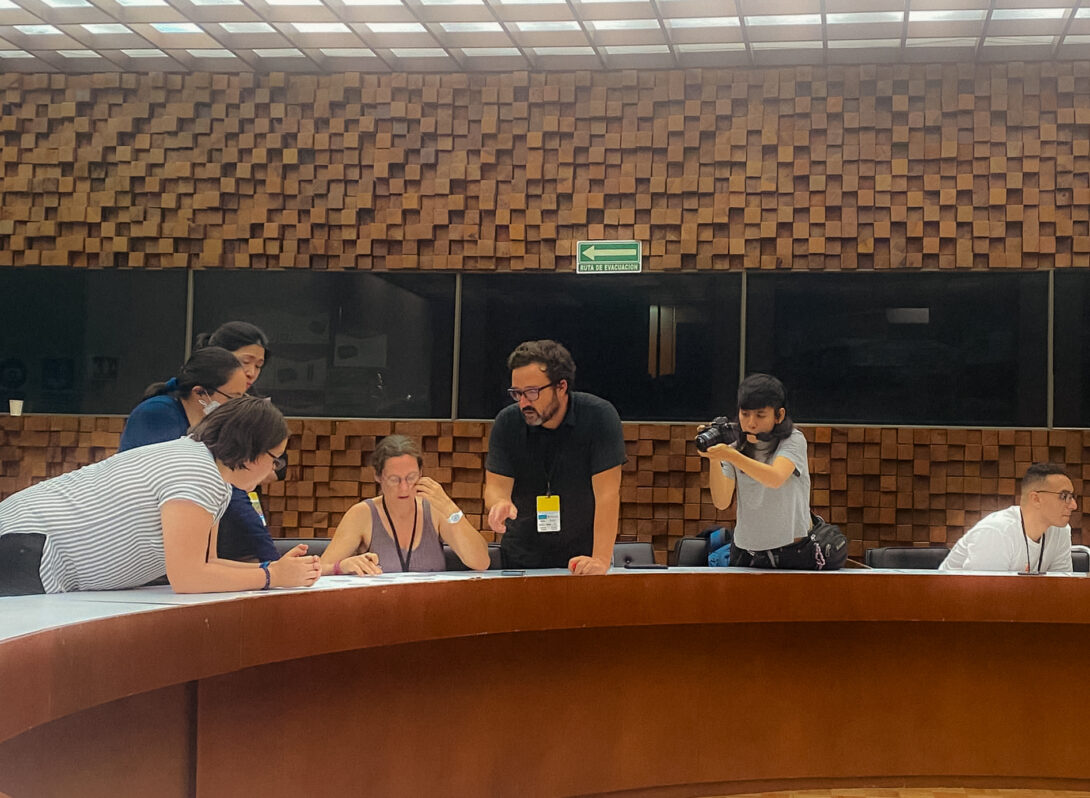Assessing Openness with the Fabschools Distributed Design Game
The Fabschools Distributed Design Game represents a significant step in merging educational design with distributed design principles. Developed by the Fabschools team at the School of Education of the Polytechnic University of Lisbon, this version 1.0 release combines a specialized card deck with a companion game board.
The game serves two primary objectives: fostering collaboration between designers and educators in creating open educational resources for makerspace/fablab environments and assessing projects’ alignment with distributed design values. Teams evaluate and develop their initiatives/projects through systematic card play and board interaction across four key dimensions.
This post represents part one of a series examining the game’s implementation framework. Each article explores one of these key dimensions: [openness implementation/sustainability assessment/ecosystem mapping/educational framework], demonstrating how the system guides project development.
Introduction to the Card System
The card system is available on a digital Miro board template. Teams use this board to place cards, track scores, and document decisions. The template provides space for collaborative decision-making and project evolution.
This first post examines openness implementation. Future posts will cover:
– Sustainability assessment through SDGs and environmental impact /product cycle assessment (simplified)
– Stakeholder mapping and ecosystem building
– Educational framework integration
Openness in Distributed Design
The Distributed Design Platform defines openness as transparent, replicable, and accessible design processes encompassing hardware, software, implementation, and usability. The cards and game board translate this definition into measurable actions.
Four Implementation Areas
Base Openness Level
When teams want their project to be freely remixable and adaptable (like an open-source educational robotics kit), they play the Fork card (+5). If the project should only be reproducible as-is (such as standardized teaching materials), the Use card (+2) applies. Teams add Custom cards (-1) for specific rules like “modifications must be tested before sharing” or “adaptations require documentation.”
Legal Framework
Most teams start with Attribution (0) to ensure proper credit. Projects restricting commercial applications (like classroom-only resources) use No Commercial Use (-1). Share Alike (-1) ensures adaptations maintain openness – crucial for curriculum materials that build upon each other. Each limitation affects how others can implement the project.
Distribution Format
Teams providing editable CAD files for 3D-printed components play Editable (+1). For projects with assembly guides or lesson plans, add Documentation (+1). When sharing only compiled code or final PDFs, teams play Non-editable (-1), acknowledging limited adaptation potential.
Points
Teams select Platform cards (+1) for each sharing location – perhaps GitHub for code, Thingiverse for 3D models, and educational repositories for lesson plans. A dedicated Website card (+1) creates a central hub linking all resources and documenting implementations. These choices determine how easily others discover and access the project.
System Function
The scoring system guides implementation choices. Teams assess how each decision affects project accessibility. Blank cards enable framework adaptation as open practices evolve.
Contextualizing Our Approach to Openness
This framework presents an introductory approach to openness implementation. The field encompasses deeper complexities, including OSHWA’s Open Hardware Certification, the Internet of Production Alliance’s Open Know-How, and Open Know-Where initiatives, among numerous other specialized frameworks.
Our system intentionally simplifies these concepts to facilitate initial engagement. Rather than focusing solely on licensing or publishing, we position openness within a broader context of project development. The scoring system and card interactions demonstrate that openness is an evolving, modular system.
The game’s structure reveals how openness decisions influence and are influenced by sustainability choices, stakeholder relationships, and educational implementations. This interconnected approach helps teams understand openness not as an isolated choice but as an integral part of distributed design practice.
Integration with Distributed Design Principles
The framework enables digital design transfer and local production while providing implementation guidelines. Decision tracking and system adaptation complete the distributed design integration. This process extends beyond openness metrics. Playing cards from different categories reveals interconnections: openness choices affect stakeholder engagement in the ecosystem map, while distribution decisions impact environmental metrics. Educational setting expansions become possible through increased accessibility. The framework demonstrates how open implementation correlates with decreased ecological impact through distributed production. Teams discover these connections during gameplay as each decision ripples across the board’s four areas. The Miro template facilitates this exploration, allowing teams to visualize how openness decisions influence sustainability, education, and ecosystem development. The following post examines sustainability metrics integration, demonstrating how environmental considerations shape project implementation.
This is the first in a series on the Fabschools Distributed Game implementation system.



